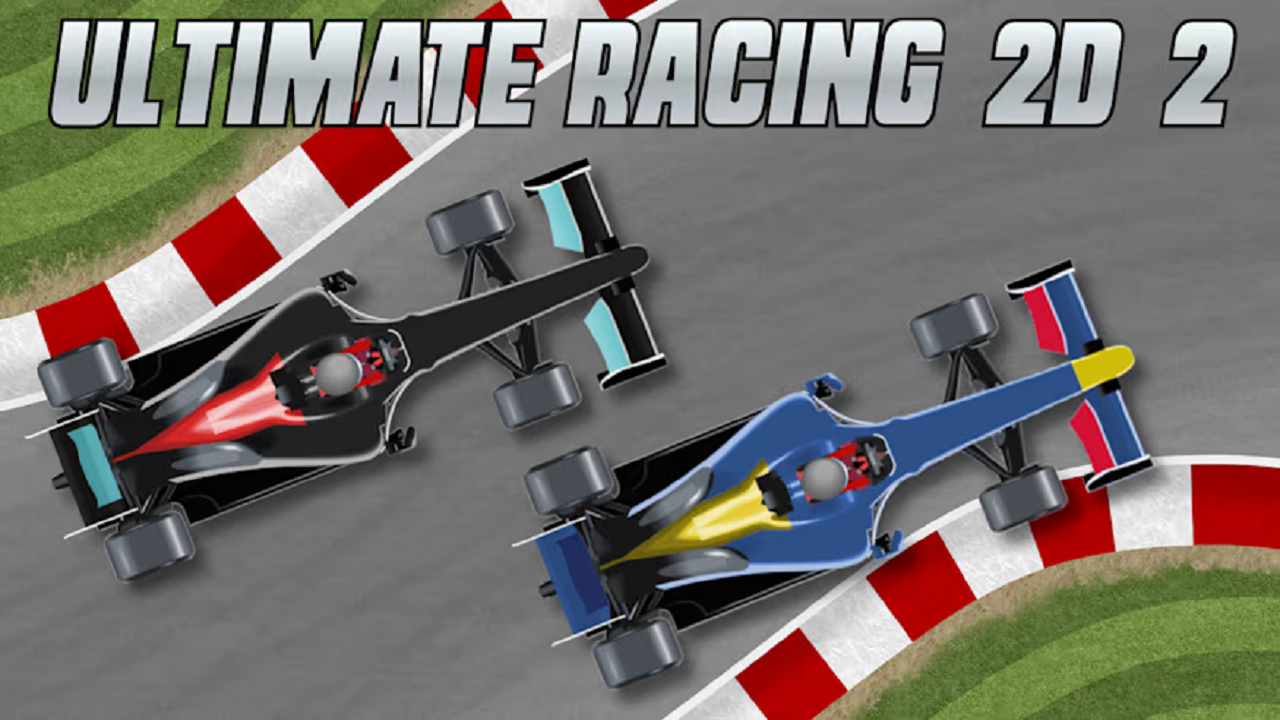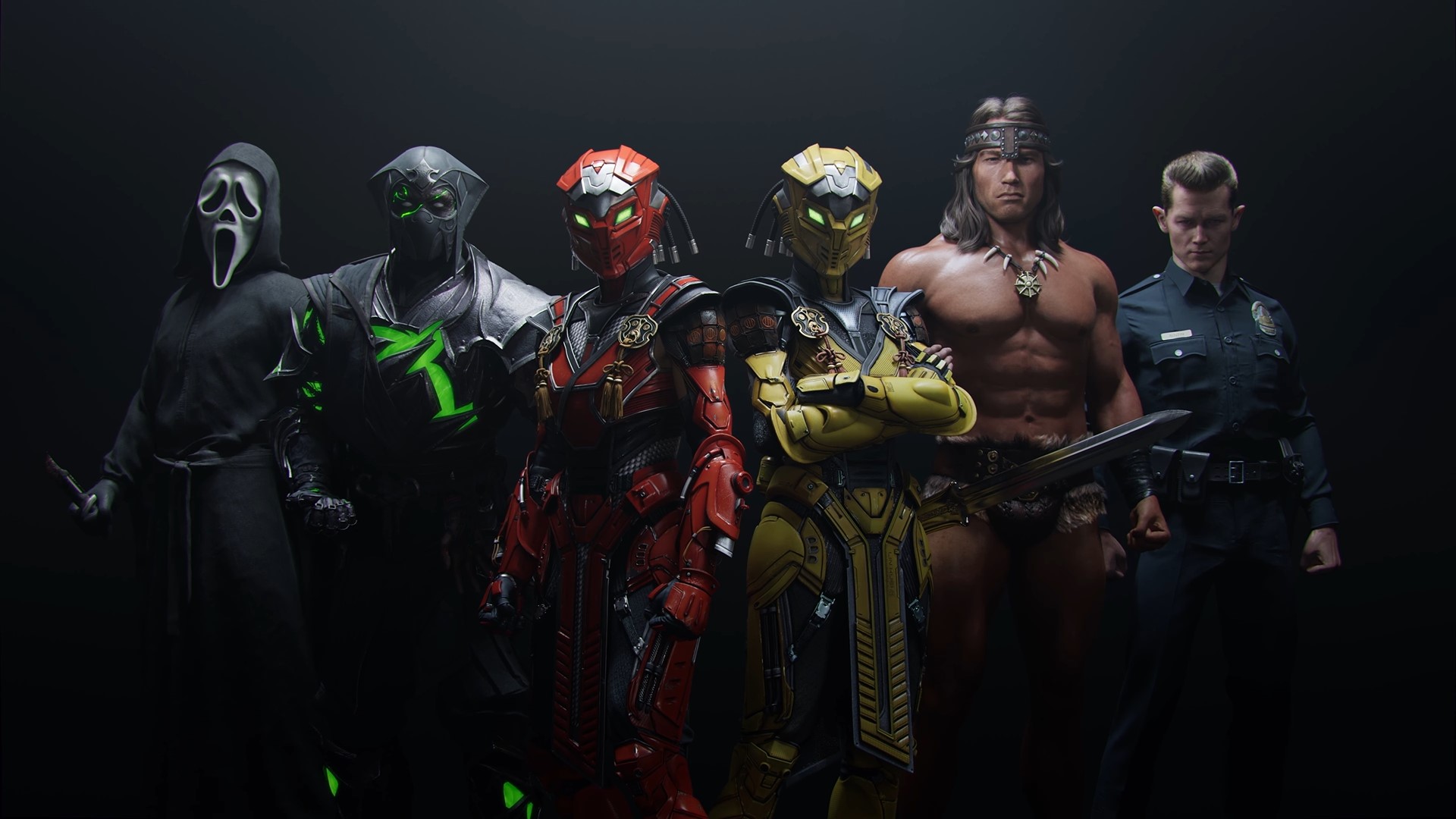
Modern video games are a constantly shifting and bracingly ephemeral medium. The steady flow of patches and updates, the fickle nature of licensing and server shutdowns, the state of a given user’s internet connectivity — there are dozens of things that can crater or enrich a given video game experience. This means that games can take on all kinds of unusual narrative arcs: Disappointing games can undergo a renaissance (most famously Final Fantasy 14 and No Man’s Sky), forgotten titles can be rediscovered (Among Us), and old favorites can die the death of a thousand cuts (Overwatch 2).
Some games go on stranger journeys, more tied to the ebb and flow of the culture and conversation surrounding them as they fragment across dozens of outlets and platforms. 2012’s Dragon’s Dogma is one of those games. Initially an oddball misfire in Capcom’s weirdest year, the intervening decade has seen it slowly grow in reputation until it became not just a good game, but a blueprint for what good games are.
The story of Dragon’s Dogma’s release is one that’s all too familiar in just about any medium: It was an idiosyncratic weirdo crushed between commercial and critical juggernauts and lost in a sea of also-rans. When it arrived in May 2012, most audiences had had their fill of fantasy action-RPGs from the previous fall’s incredible double-header. Skyrim had swept the industry off its feet, and Dark Souls was enchanting a steadily growing contingent of players, many of whom were critics and game designers. Between these two poles, Dragon’s Dogma — a video game with an over-the top intro in which a dragon raids a fishing village and rips out your character’s fucking heart — just seemed kind of ridiculous. Until people played it.
:no_upscale()/cdn.vox-cdn.com/uploads/chorus_asset/file/25117417/dragons_dogma_dark_arisen_fighter_dragon.jpg)
Image: Capcom
To this day, this is one of the most remarkable things about Dragon’s Dogma. Before Twitch — itself barely a year old at the time — and early in the advent of let’s plays, people were won over on Dragon’s Dogma by seeing people play it. The quirks and oddities of the game, difficult to sum up or appreciate in the confines of a preview article or the constraints of a review, shone in videos like Giant Bomb’s Quick Look or critic Matt Lees’ viral previews of the game, and definitely not in the traditional marketing.
Sometimes games, at their very best, are less a medium than a language. Players find new ways to express themselves, slowly build a vocabulary, and converse with the designers and themselves. Read the sprawling notes of former critic Austin Walker, watch videos old and new, and Dragon’s Dogma begins to take on this quality. There are few games the passage of time has been kinder to — not because its systems or narrative possessed any prescience, but because the spaces in which games are discussed began to shift and mature into something more conducive to illustrating what Dragon’s Dogma excelled at.
Because of this, people slowly began to wise up to the game’s eccentricities. Initial frustration at opacity and difficulty gave way to wonder at the game’s physicality. In a genre overly concerned with balance and careful escalation of power, Dragon’s Dogma was muscular and over-the-top. You could throw people off cliffs, summon a barrage of meteors that looked more dangerous to the planet than your foes, or gingerly levitate down from a great height. Its central mechanic involved the player creating a second character, dubbed a Pawn, that was something between interdimensional best friend and magically indentured servant. Connected to the internet, players could send their Pawns to the cloud, and recruit Pawns others made, incentivizing them to make their Pawns absolute freaks, a joke mailed across the internet to strangers you’d never hear back from.
:no_upscale()/cdn.vox-cdn.com/assets/1632433/jpeg-1.jpeg)
At a time when big-budget video games were exercising narrative prowess, striving for parity with television or cinema, Dragon’s Dogma reveled in systems and opacity, letting the player recall how gratifying it is to truly discover something, if they only let themselves feel like clumsy strangers in it first.
Like a well-worn idiom swapped between neighbors, this is a feeling that does not travel well. Prose is often insufficient, and even video — so instrumental in bridging the gap between Dragon’s Dogma and those who grew to love it — is but an approximation. To a certain extent, we are always working in translation when we talk about video games, no matter the forum. For most of its history, Dragon’s Dogma was a road not yet taken, a window into a future where the language of video games shifted in a slightly different direction. This adds to its allure — a dozen years later, Dragon’s Dogma remains compelling because so few games are like Dragon’s Dogma.
For over a decade, Dragon’s Dogma has been sought out, reconsidered, and increasingly regarded as classic. Hideaki Itsuno’s odd action-fantasy mashup had so much to say about shopworn fantasy tropes, and how the trite Chosen One narrative can, in its familiarity, be turned askew in ways both weird and unsettling. With good luck and more than a little passion, enough people have come to the game in the ensuing years, willing to listen. Its imminent sequel, by virtue of being a follow-up and therefore familiar to many, can’t quite be the same thing, but that’s OK. It’s hard to have a conversation if every word is new. Some will learn the language of these games for the first time, and others more fluent will be waiting. Maybe they’ll find Dragon’s Dogma 2 to be incredible. Maybe they’ll need more time.








